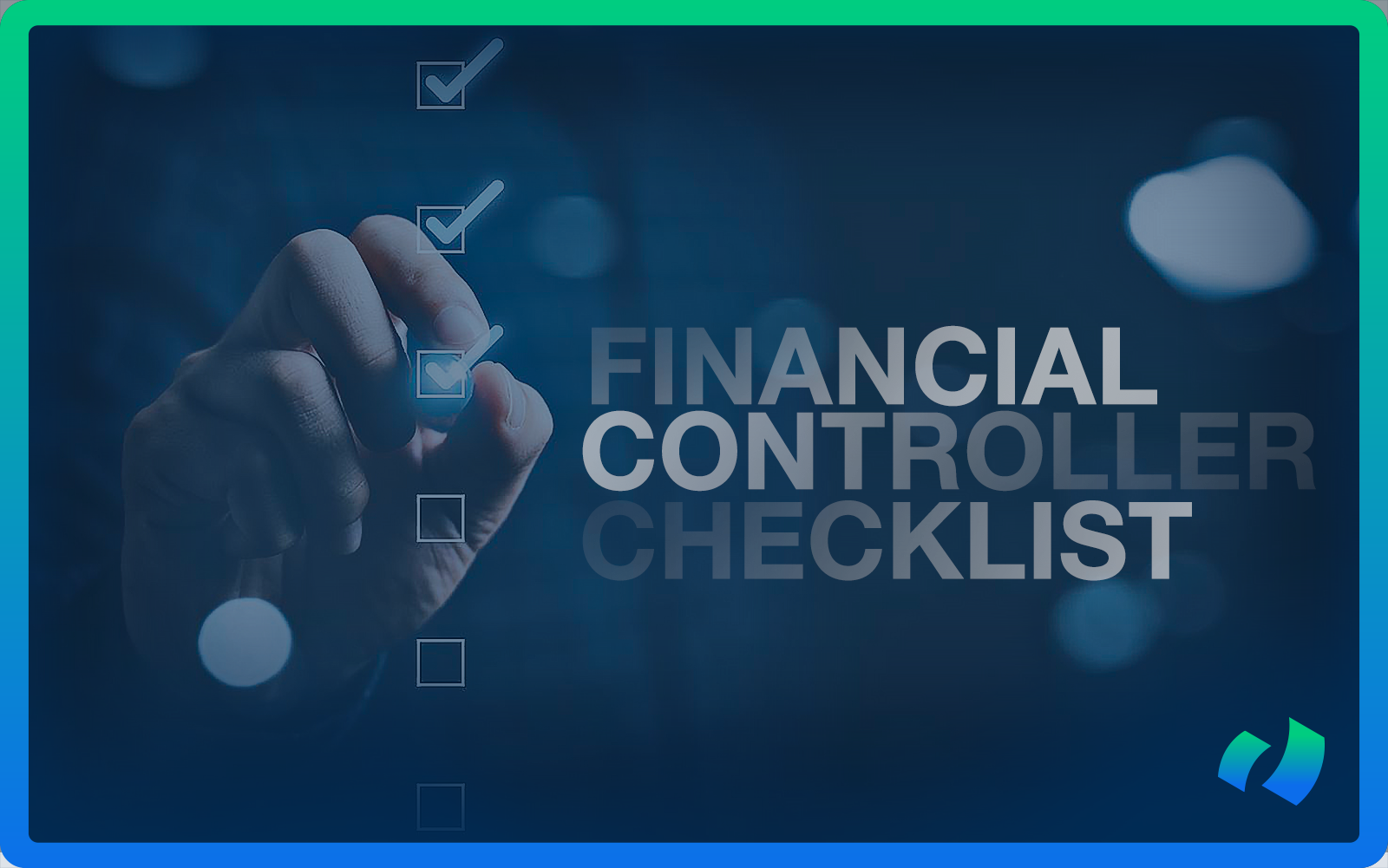NOTE: If you’re interested in speeding up your close, automating checklist creation and task management, we suggest that you explore the world’s first next-gen close automation software.
Staying organized is a crucial skill for financial controllers, given the sheer volume and complexity of their responsibilities.
Financial controllers play a pivotal role in overseeing a company’s financial operations, which encompass activities such as budgeting, auditing, and forecasting. Managing extensive datasets that demand precise tracking, analysis, and reporting is an inherent part of this role.
It’s a demanding job. Only a well-organized financial controller can guarantee that data remains readily accessible, minimizing the likelihood of errors and speeding up responses to any financial challenges. Proficient organizational skills pave the way for more streamlined processes and enhanced decision-making.
So, how can you become more effective and stay on top of all these tasks?
To help you manage your time and routines, we’ve created the 3 financial controller checklist: for your daily, weekly, and monthly activities.

Why Do Controllers Still Need Checklist Templates?
Controllers continue to rely on checklist templates due to several compelling reasons rooted in practicality and effectiveness.
Firstly, checklist templates provide a structured framework for organizing complex financial tasks, such as budget management, auditing, and data analysis. This structure ensures that critical financial elements are consistently addressed and tracked, reducing the likelihood of errors or omissions.
Secondly, checklist templates offer a sense of clarity and transparency in financial operations. They enable controllers to maintain a clear overview of their responsibilities and progress, making it easier to spot discrepancies or issues that require attention.
Moreover, the adaptability of checklist templates is crucial in an ever-evolving financial landscape. While technology has introduced advanced tools and software, checklist templates can be seamlessly integrated into these systems, enhancing efficiency and accuracy. They serve as a bridge between traditional methods and modern technology, allowing controllers to leverage the benefits of both.
The 3-Pronged Work Of Financial Controllers
Daily Tasks
Financial controllers’ daily routine includes monitoring cash flow, tracking expenses against the budget, reconciling bank statements, managing invoices, updating financial records, staying informed about financial news, and facilitating effective team communication.
Weekly Tasks
On a weekly basis, the financial controller reviews all financial reports, including profit and loss statements, balance sheets, and cash flow statements to track the company’s financial performance and identify issues needing immediate attention. The controller also approves invoices, monitors accounts payable and receivable, follows up on overdue payments, expedites collections, and ensures accurate coding and documentation of invoices. Weekly routines are an ideal time for budget reviews and necessary adjustments.
Monthly Tasks
At the end of each month, a financial controller reconciles all accounts and transactions for accuracy, matches bank statements with accounting system records, identifies discrepancies, closes out financial statements, and generates reports for management review. This routine also encompasses monitoring policy compliance, reviewing internal controls, and providing financial analysis for decision-making.
Experienced financial controllers usually develop personalized workflows to manage these tasks effectively. However, having a checklist of essential activities can help you stay on track and ensure that you don’t miss anything important.

Elements of Controller Checklists
We have prepared a comprehensive checklist for financial controllers that covers the main areas of work. This checklist can serve as your guide to ensure that all critical responsibilities are attended to without any oversight. It is designed to bring structure and consistency to your routine, aiding in effective time management and increased productivity. Let’s delve into the details.
Financial Planning and Analysis
- Budgeting: Create a well-thought-out budget that aligns with the company’s goals and objectives. Regularly track actual spending against the budget to identify variances and make any necessary adjustments.
- Forecasting: Utilize historical data, market trends, and internal information to create accurate forecasts for future financial performance.
- Financial analysis: Regularly analyze the company’s financial statements and reports to identify areas for improvement and potential risks.
Cash Flow Management
- Monitor cash flow: Keep track of incoming and outgoing cash to ensure sufficient funds are available at all times.
- Manage accounts receivable and payable: Ensure timely collection of payments from customers and payment of bills to vendors.
Financial Reporting
- Prepare financial statements: Ensure accurate and timely preparation of financial statements, including balance sheets, income statements, and cash flow statements.
- Communicate with stakeholders: Effectively communicate the company’s financial performance to internal and external stakeholders, such as investors and board members.
Risk Management
- Identify potential risks: Stay informed about potential risks to the company’s financial health, such as economic trends, regulatory changes, and industry developments.
- Mitigate risks: Develop strategies to minimize the impact of identified risks on the company’s finances.
Compliance
- Keep up with regulations: Stay updated on relevant laws and regulations that apply to the company’s finances.
- Ensure compliance: Implement policies and procedures to ensure the company’s financial practices are in line with regulations and industry standards.
Team Management
- Supervise accounting team: Provide guidance and support to the accounting team, set clear expectations, and delegate tasks effectively.
- Encourage professional development: Invest in the growth of your team by offering training and development opportunities.
Ready to Begin?
Simply click the link below to access your complimentary templates and commence the journey to supercharged financial control.




